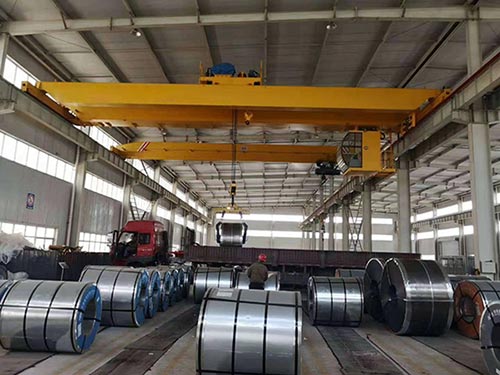


Understanding the differences between the two designs helps businesses choose the right crane for their specific needs.
Overhead cranes play a crucial role in industrial and manufacturing environments, offering efficient solutions for lifting and moving heavy loads. Among the various types of overhead cranes, single girder and double girder cranes are the most common. Understanding the differences between these two designs helps businesses choose the right crane for their specific needs.
Single girder overhead cranes feature a single bridge girder supported by two end trucks. The hoist is mounted on the lower flange of the bridge girder, operating along its length.
Single girder cranes are ideal for light to moderate lifting applications, such as in small workshops, warehouses, and assembly lines. Their lifting capacity typically ranges from 1 to 20 tons, making them suitable for less demanding tasks.
Double girder overhead cranes feature two parallel girders with the hoist mounted on a trolley running between or above them. These cranes offer greater lifting capacity and versatility.
Double girder cranes are commonly used in heavy-duty industries, such as steel mills, shipyards, and power plants. They excel in tasks requiring high lifting capacity, precision, and frequent operation.
| Feature | Single Girder Crane | Double Girder Crane |
|---|---|---|
| Load Capacity | Up to 20 tons | 20 tons and above |
| Lifting Height | Limited by single girder design | Higher due to hoist placement |
| Cost | Lower initial investment | Higher due to complex design |
| Weight | Lightweight, less structural load | Heavier, requires robust support |
| Installation | Simpler and faster | More time-consuming and complex |
| Customization | Limited | Highly customizable |
Both single girder and double girder overhead cranes serve essential roles in industrial applications. Single girder cranes are cost-effective and suited for lighter operations, while double girder cranes offer superior strength and versatility for demanding tasks. Evaluating your operational needs and facility specifications will guide you in making the best choice.
